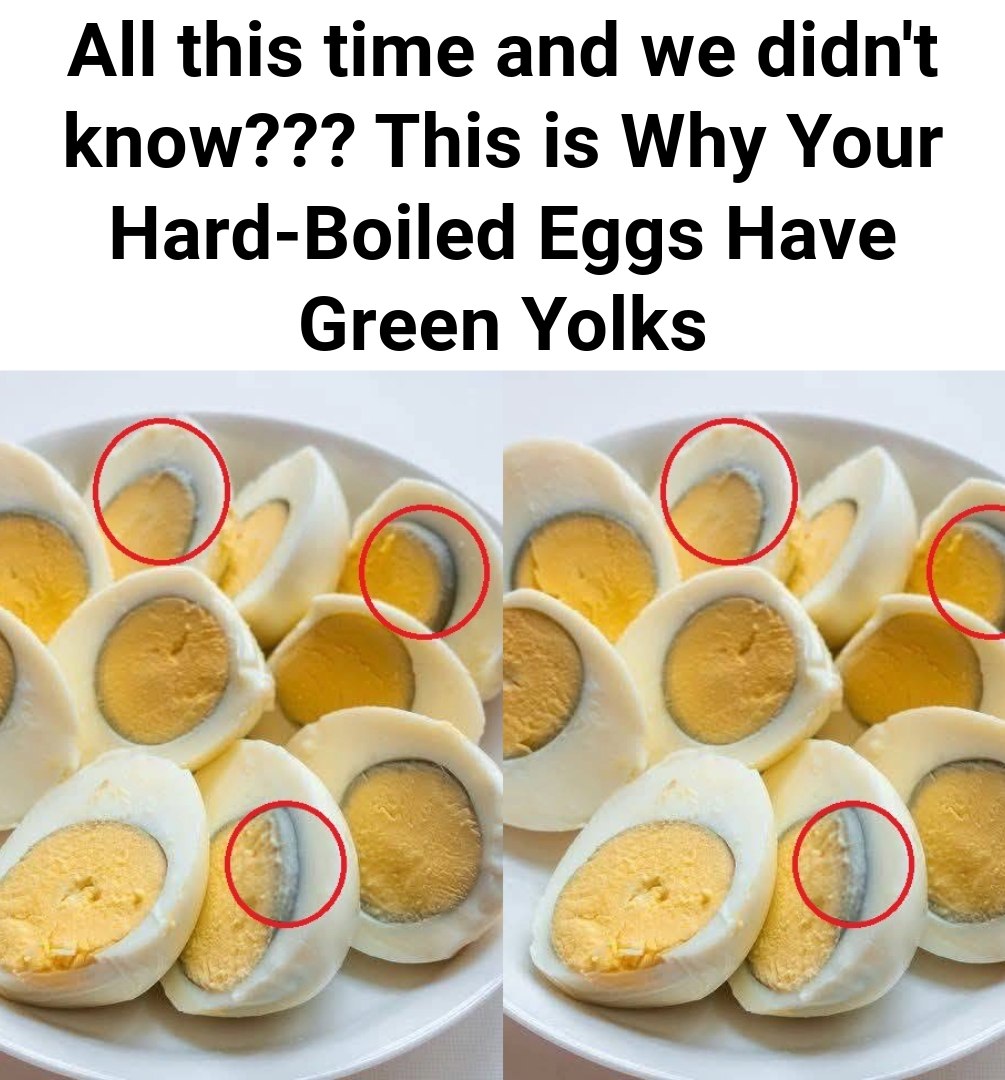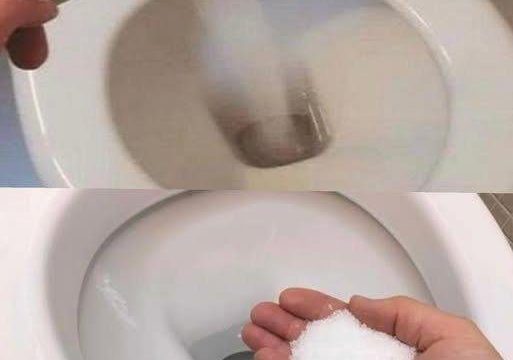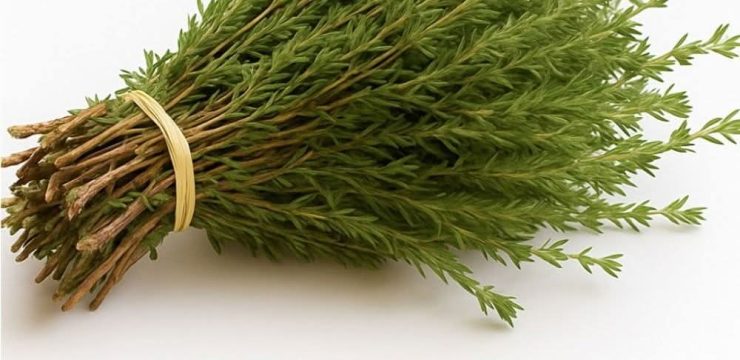Have you ever peeled a hard-boiled egg expecting to see a bright yellow yolk, only to be met with a strange green ring instead? Don’t worry—you’re definitely not the only one who’s had this happen. While it might look a little odd or even unappetizing at first glance, there’s actually a perfectly good reason behind this kitchen mystery, and it doesn’t mean your eggs are bad or unsafe.

The truth is, that greenish hue is the result of a chemical reaction that takes place when eggs are cooked improperly, and fortunately, there are simple ways to avoid it. Let’s get into the science and solutions so you can enjoy your hard-boiled eggs just the way you like them. The key culprit in this case is heat—specifically, either too much of it or exposure to it for too long. When eggs are boiled too hard or for too long, the heat causes the sulfur in the egg whites to react with the iron in the yolks. This chemical reaction produces a substance called ferrous sulfide, which forms that unattractive green ring around the yolk.
And it’s not just hard-boiled eggs that can be affected—overcooked scrambled eggs or omelets can sometimes develop a similar tint when they’re left on the stove a little too long. But before you think about tossing those eggs in the trash, here’s the good news: green yolks are totally safe to eat. Yep, even though they might not look as appealing, there’s nothing harmful or toxic about them. The discoloration is purely cosmetic and doesn’t affect the taste or nutritional value of the egg.
So if you’re making egg salad or chopping them up for a cobb salad, they’ll still do the trick just fine. That said, if you’re aiming for perfect-looking eggs—maybe for deviled eggs or just because you’re a bit of a perfectionist in the kitchen—there are a few simple tricks you can use to avoid that dreaded green ring. First off, don’t overcook your eggs. When boiling, it’s best to bring the water to a gentle boil and then simmer the eggs for about 9 to 12 minutes, depending on how firm you like your yolks. As soon as they’re done cooking, immediately transfer the eggs to an ice water bath. This step is crucial because it stops the cooking process and helps prevent the sulfur-iron reaction from taking place. It also makes peeling the eggs a whole lot easier, which is always a bonus.
Another tip is to avoid cooking eggs over high heat in general. Whether you’re scrambling, boiling, or poaching, taking a slow and steady approach helps preserve the texture, flavor, and color of your eggs. Ideally, when you slice open a hard-boiled egg, the yolk should be a rich golden yellow—smooth, creamy, and inviting. Now, if you’ve already ended up with green-yolked eggs, don’t stress. Instead of tossing them, why not get a little creative? One fun way to repurpose them is by mashing them up and spreading them on toast alongside avocado. The avocado’s natural green color blends with the green hue of the yolks, making the whole thing look intentional—and it tastes great, too. It’s a fun twist on the classic avocado toast and a great way to use what you have without wasting food. In the end, a green yolk is really just a harmless side effect of a common cooking misstep. With a few easy adjustments—like proper timing, gentle heat, and a quick ice bath—you can avoid it altogether and keep your eggs looking just as good as they taste. But even when things don’t go quite as planned, remember that those green-yolked eggs still have a place on your plate. Sometimes the best meals come from little kitchen surprises, and this one’s no exception. So next time you boil a batch of eggs, keep these tips in mind and enjoy the perfect golden yolk every time.





